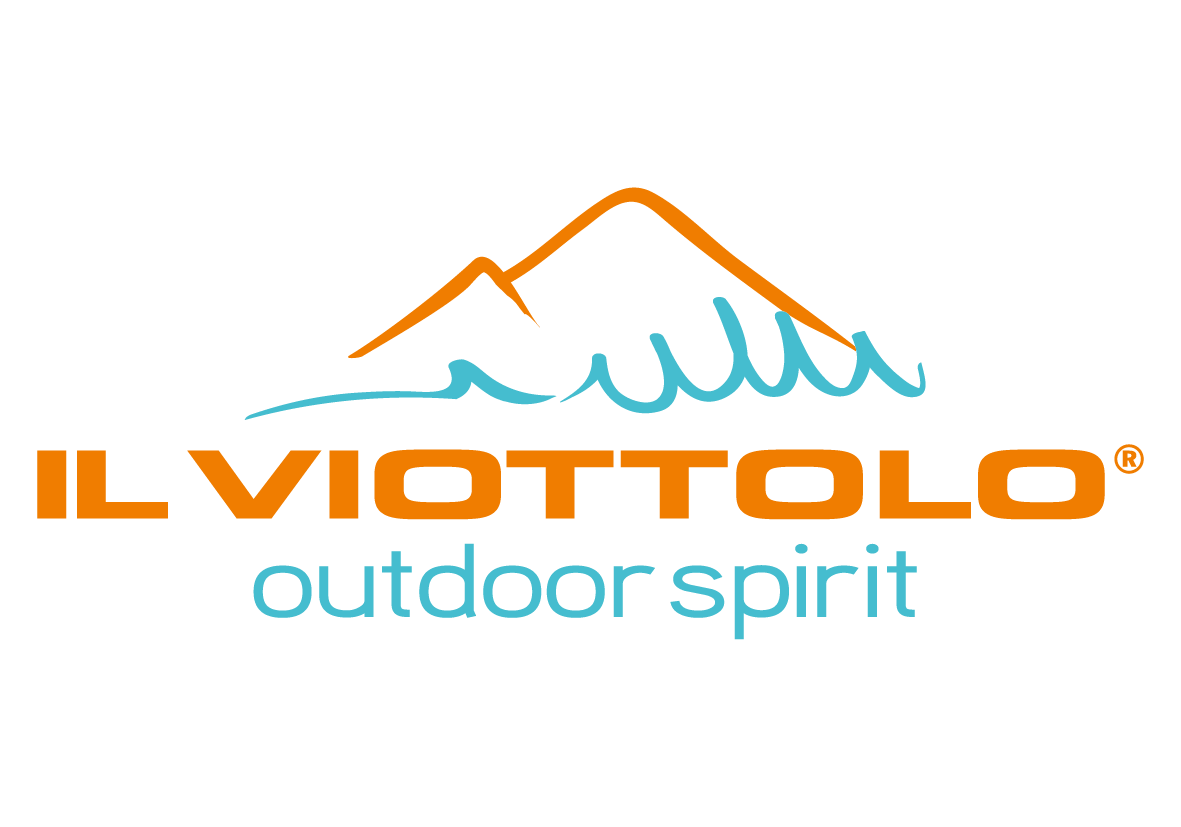Discover in the company of skilled local environmental guides the most beautiful and fascinating locations of these two islands.
Elba is the largest and most varied island of the Tuscan Archipelago, with a scrubland low at times and shrubby at others, its landscape and vegetation change constantly: from steppe to garrigue, from holm oaks and chestnut trees groves to alders covering wide ditches; from red iron mountains on the eastern side of the island to the imposing granite massif of Mount Capanne, whose peak dominates the whole Tuscan Archipelago. Its mineralogical wealth and geology are known pretty much worldwide and are often subject of studies carried out by Earth Sciences Universities. The variety of local habitats is incredible if compared to the actual size of its territory, so is also Elba’s historical relevance in the Mediterranean context.
Pianosa is the closest island to Elba: completely flat, bright, with white rocks enhancing its blue sea transparency and fields not longer cultivated, now covered by flowers and fragrant brush. An island with a mysterious past, an archaeological heritage made of prehistoric burials, catacomb structures, Neolithic caves, zoological and vegetable remains from very ancient times, all evidences stating a significant and constant presence of animals and humans. Furthermore, ”Bagni di Agrippa”, fish farming ponds as well as remains of Roman buildings and various infrastructures, tell us tales of a relevant establishment of Roman communities. Not to mention, much later, a chapter as Italy’s first agricultural penal colony followed by the years as a maximum security prison, eventually shut down for good.
